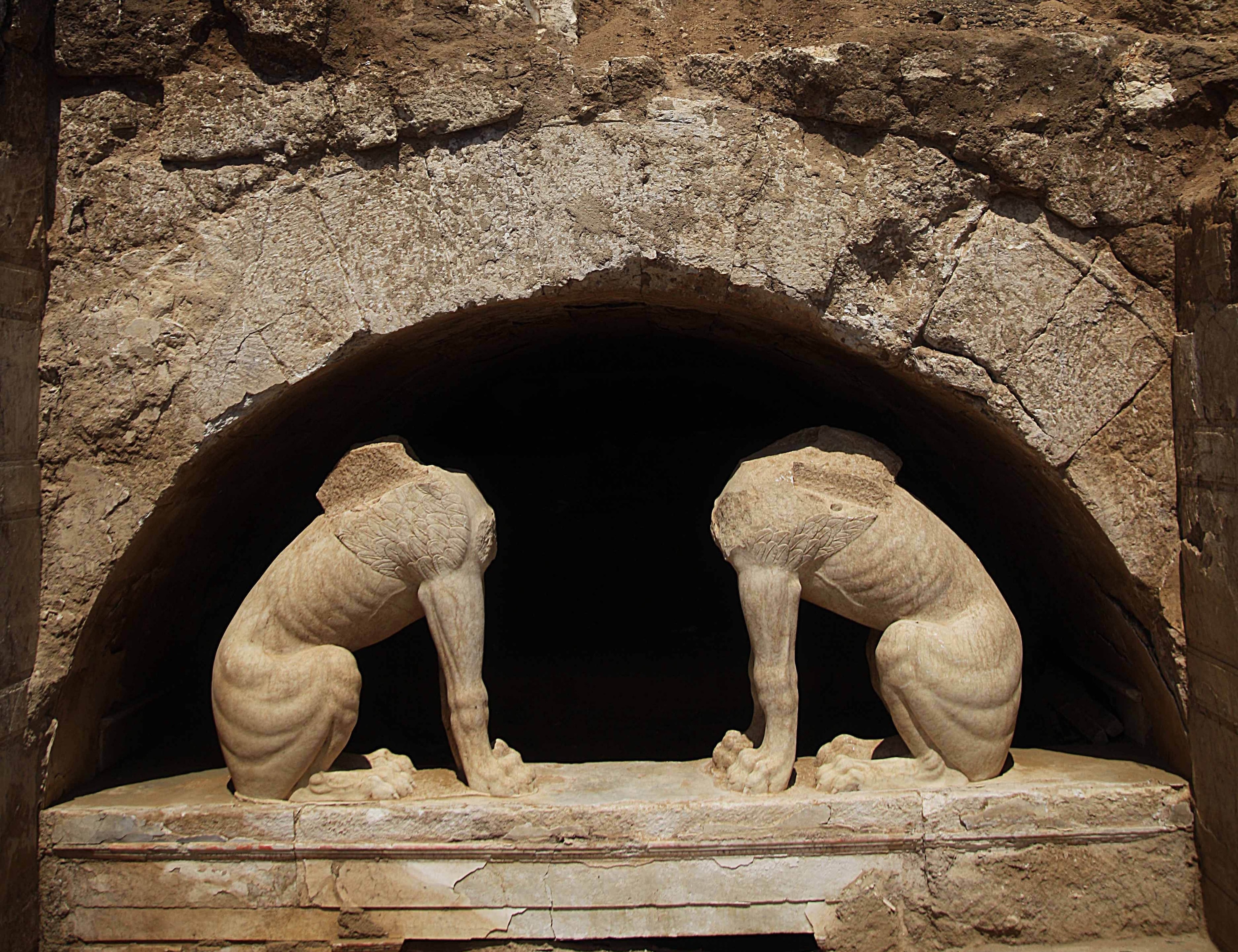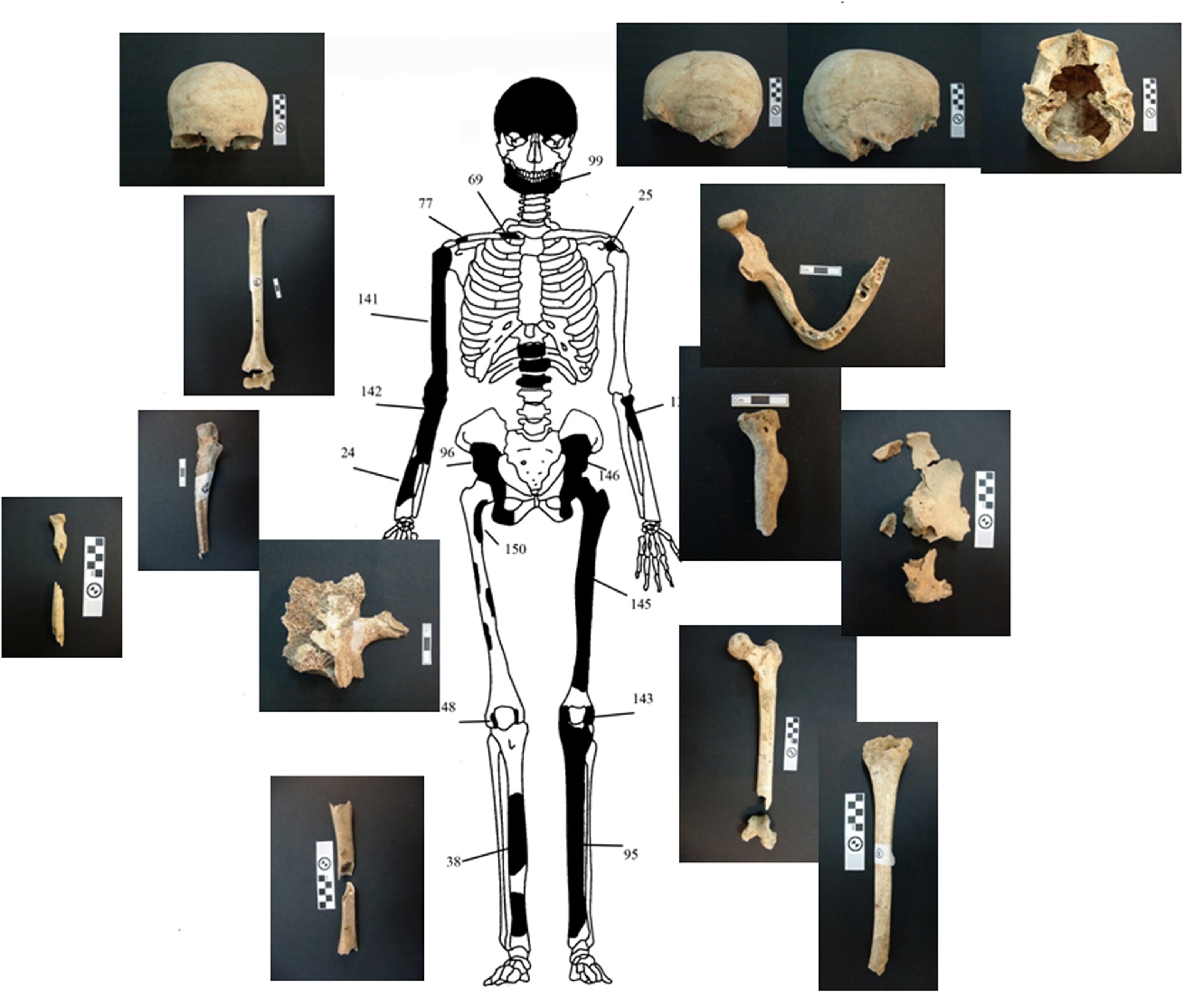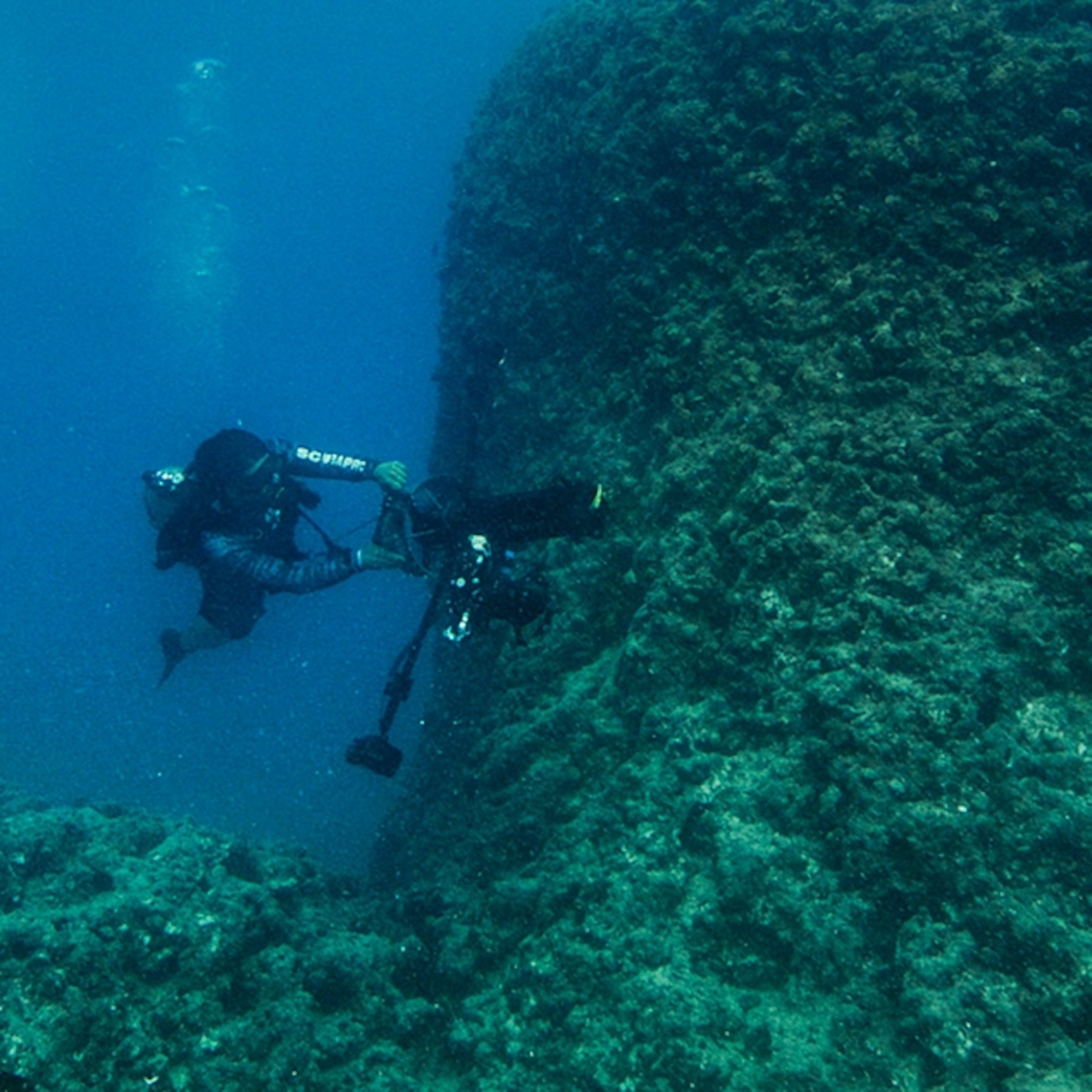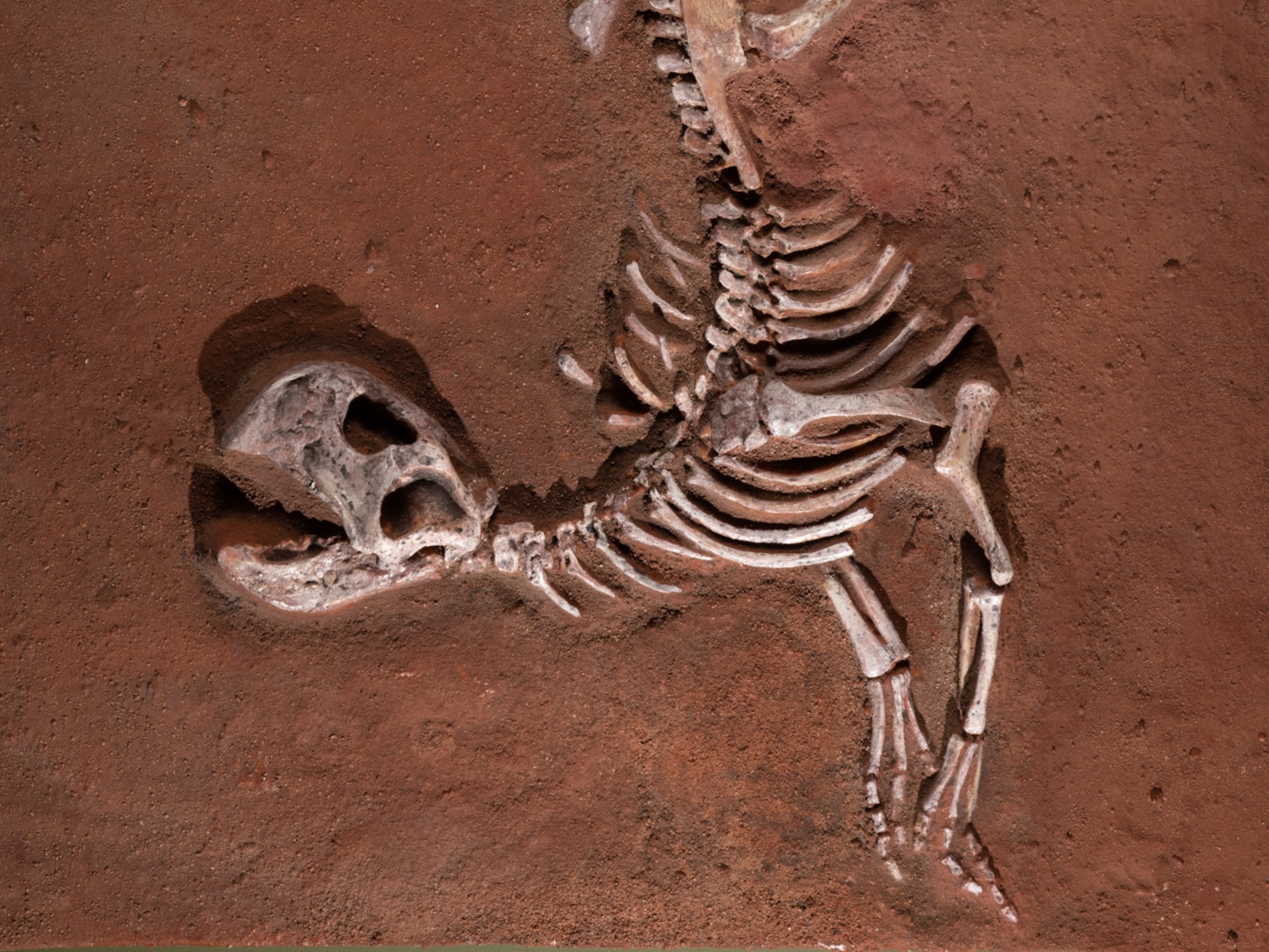
Bones From Era of Alexander the Great Raise More Questions Than Answers
Analysis of human remains may take years to sort out who was buried in massive Greek tomb.
Media reports and the blogosphere are fueling speculation that the remains of a woman found in a massive tomb in northern Greece may belong to Alexander the Great’s mother, Olympias, who was executed when she was about 60 years old.
The Greek Ministry of Culture and Sports reported last week that the remains of five individuals have been found in the burial chamber of the elaborate tomb beneath what is known as Kasta Hill in the ancient city of Amphipolis. Archaeologists excavating the site have dated the tomb to the final quarter of the fourth century B.C., around the time of Alexander the Great’s death in 323 B.C. (See “Behind Tomb Connected to Alexander the Great, Intrigue Worthy of ‘Game of Thrones.’”)
But the discovery has failed to settle the issue of whether the monument may have belonged to a family member or close associate of the famous Macedonian conqueror. And many historians are dismissing the rampant hypothesizing as a distracting parlor game. (See “Who’s Buried in Largest Tomb in Northern Greece? New Finds Raise Intrigue.”)
“We have so far an elaborate monument that’s partially damaged and vandalized,” points out Frank L. Holt, a University of Houston professor who has written several books on Alexander the Great. “It contained bones and cremains of persons unknown who may have nothing to do with the original structure or with each other.
“The chronology remains uncertain,” he says. “The royal status of the bodies, and of the building, cannot yet be verified. Why the headlong rush to judgment?’
Women and Men, Old and Young, Buried and Burned
From the 550 pieces of human bone recovered from the burial chamber, researchers have so far identified a woman over 60 years old, two men between the ages of 35 and 45, a newborn infant of unknown gender, and a very small set of cremated remains that most likely belonged to an adult of unknown age and gender.
About a quarter (157) of the remains are intact enough to allow researchers to eventually identify the gender, age, and height of the individuals, while the rest are fragments of vertebrae and other skeletal remains. An unknown number of animal remains, including bones of horses or donkeys, were also found in the chamber.
Complicating interpretation of the remains is the fact that none of the bodies were found in their original burial places, and no significant burial objects have been reported found.

Some of the woman’s bones were found in a small grave in the floor of the chamber, yet her skull, jaw, and the remains of the other four identified individuals were scattered within an 8.5-foot-thick (2.6-meter) layer of sediment inside the chamber. Archaeologists blame this disruption on the digging of early grave robbers, as well as natural phenomena such as earthquakes.
Thanks to looters and Mother Nature, archaeology’s most basic tool, stratigraphy (the relative dating of objects based on their sequence of burial), will most likely prove inadequate for understanding how, or if, the five individuals found in the burial chamber are related to each other.
To answer these questions, researchers are planning to date the remains through accelerator mass spectrometry, a technique for measuring naturally occurring radionuclides, and attempt to extract DNA from viable samples. Isotopic analysis should also provide information on each individual’s diet and environment.
Those who are expecting quick answers, however, may be in for disappointment: The research is part of a larger multi-year program involving the analysis of some 300 sets of human remains taken from other ancient burial sites around Amphipolis.
Specialists who study human remains are pleased with the Greek researchers’ careful pace. “It will make our discussion and understanding of the biology of the five individuals from the tomb much more relevant,” says Smithsonian physical anthropologist Bruno Frohlich.
More Burials Awaiting Discovery?
The laboratory analysis of the tomb’s occupants may take several years. Plus, another recent discovery at Kasta Hill suggests that the archaeological team will be in it for the long haul—and not just for the additional study, documentation, and conservation of the tomb that must now follow the preliminary excavation.
Geophysical studies made in the past few months indicate that there’s a good chance that the massive hill, which has a circumference of 1,630 feet (497 meters), may contain several more man-made structures for archaeologists to excavate, particularly in the area west of the current tomb.
Meanwhile, specialists are intrigued with the little information that has been released so far by the government regarding the enormous size, unusual features, and stunning decorative features of the tomb. (See “Queen of the Underworld Sheds New Light on Greek Tomb.”)
“Even if we never find out who the skeletal remains belong to, this is an internationally significant find and a win-win for history,” says University of Missouri professor and Alexander expert Ian Worthington.
But tell that to a global audience that has been eagerly awaiting a conclusion to this captivating ancient mystery since the tomb was first discovered in 2012.
“If you rush yourself, you run the risk of making mistakes that could be definitive,” cautioned Greek Minister of Culture and Sports Konstantinos Tasoulas during a November press conference.
He reassured anxious reporters that new revelations about the tomb will continue to emerge—albeit slowly: “That’s the charm of archaeology.”
Nikiforos Skoumas contributed reporting from Athens.







